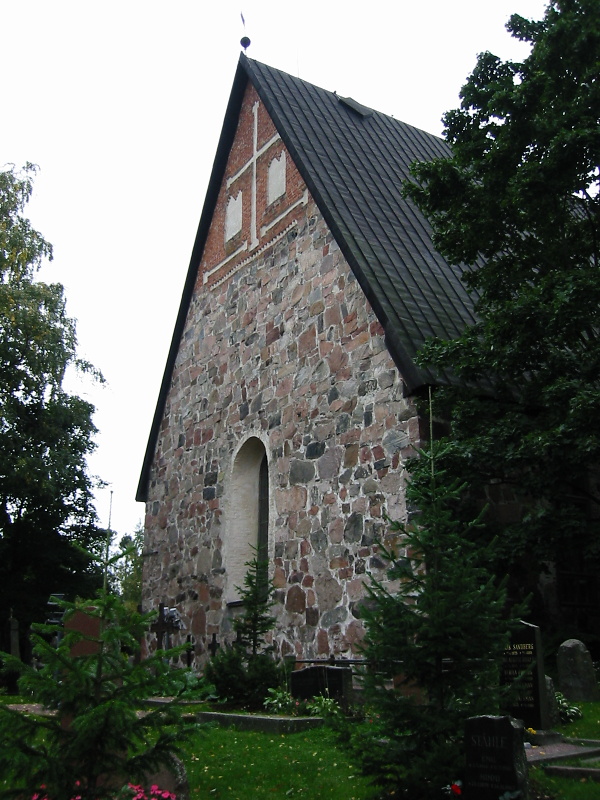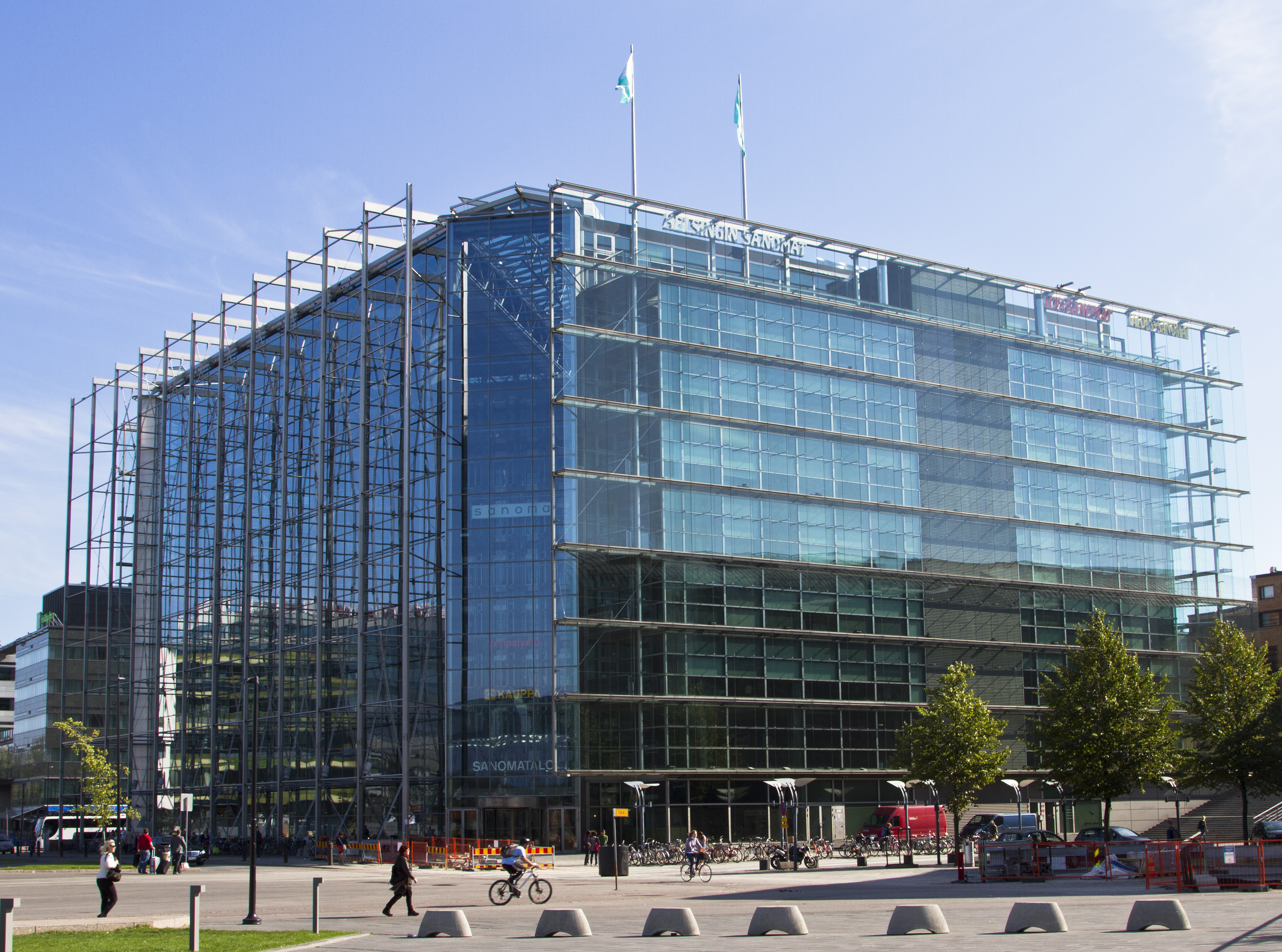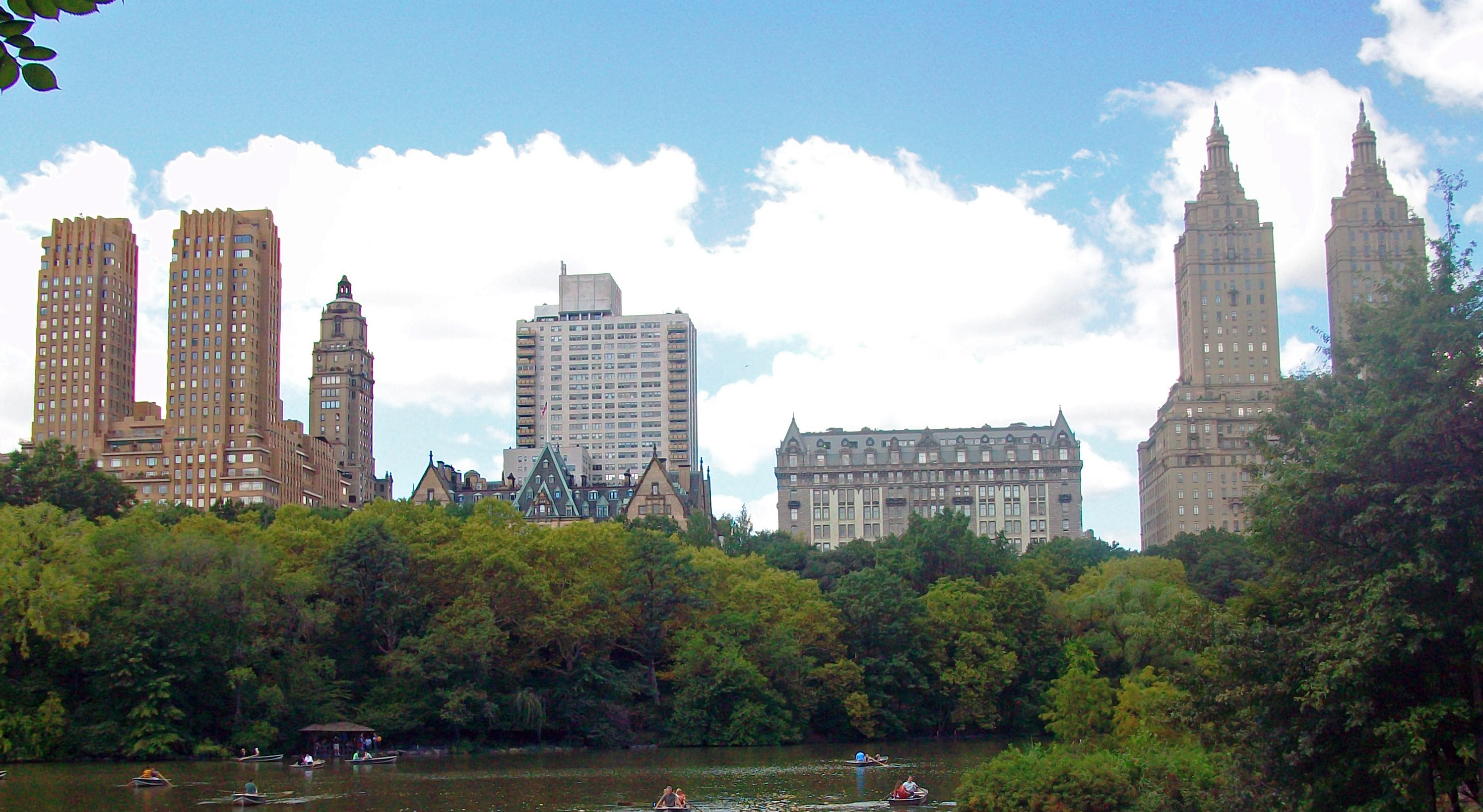|
Suomenoja
Finnoo (previously known as Suomenoja, Swedish: ''Finno'') is a neighbourhood in the districts of Kaitaa and Nöykkiö in Espoo, Finland, along the Länsiväylä highway. History According to pollen analysis, the earliest farming settlements in Finland were in Finnoo in the early 11th century. The Swedish population spread into the area during the Swedish colonisation of Finland in the Middle Ages.Saulo Kepsu, ed., Kaija Mallat, Sami Suviranta, Reima T. A. Luoto: ''Kylä-Espoo'', pp. 41–42, 147-148. City of Espoo, 2008. The Swedish name Finno comes from the word ''Finnevik'', meaning "bay of the Finns". The name was possibly given by colonists from Sweden who settled in the eastern neighbouring village of Gräsa. The bay has also given its name to a ditch running into it from the northwest, ''Finnå''. Construction in the 2020s There are plans for apartments for 17 thousand people and 1800 new jobs in the Finnoo area. The area is meant to be a precursor for modern urban building. ... [...More Info...] [...Related Items...] OR: [Wikipedia] [Google] [Baidu] |
Espoo
Espoo (, ; sv, Esbo) is a city and municipality in the region of Uusimaa in the Republic of Finland. It is located on the northern shore of the Gulf of Finland, bordering the cities of Helsinki, Vantaa, Kirkkonummi, Vihti and Nurmijärvi while surrounding the enclaved town of Kauniainen. The city covers with a population of about 300 000 residents in 2022, making it the 2nd-most populous city in Finland. Espoo forms a major part of a substantially larger metropolitan area known as Greater Helsinki, home to over 1.5 million people in 2020. Espoo was first settled in the Prehistoric Era, with the first signs of human settlements going back as far as 8,000 years, but the population effectively disappeared in the early stages of the Iron Age. In the Early Middle Ages, the area was resettled by Tavastians and Southwestern Finns. After the Northern Crusades, Swedish settlers started migrating to the coastal areas of present-day Finland, and Espoo was established as ... [...More Info...] [...Related Items...] OR: [Wikipedia] [Google] [Baidu] |
Espoo Central Park
Espoo (, ; sv, Esbo) is a city and municipality in the region of Uusimaa in the Republic of Finland. It is located on the northern shore of the Gulf of Finland, bordering the cities of Helsinki, Vantaa, Kirkkonummi, Vihti and Nurmijärvi while surrounding the enclaved town of Kauniainen. The city covers with a population of about 300 000 residents in 2022, making it the 2nd-most populous city in Finland. Espoo forms a major part of a substantially larger metropolitan area known as Greater Helsinki, home to over 1.5 million people in 2020. Espoo was first settled in the Prehistoric Era, with the first signs of human settlements going back as far as 8,000 years, but the population effectively disappeared in the early stages of the Iron Age. In the Early Middle Ages, the area was resettled by Tavastians and Southwestern Finns. After the Northern Crusades, Swedish settlers started migrating to the coastal areas of present-day Finland, and Espoo was established as a self-go ... [...More Info...] [...Related Items...] OR: [Wikipedia] [Google] [Baidu] |
Länsiväylä
Länsiväylä (the Western Highway, Swedish: Västerleden) is a motorway in the Greater Helsinki area of Finland, mainly at the Helsinki conurbation. It is part of the Finnish national road 51. The road begins in Ruoholahti in western Helsinki and continues west through the island of Lauttasaari and then across the city border to Espoo. The Länsiväylä road continues all the way throughout the southern part of Espoo. It continues as a motorway until finally crossing the border west to Kirkkonummi. At the start of Länsiväylä is the Lapinlahti bridge built in 1965, which was the longest bridge in Finland for a long time.Kantatie 51, Länsiväylä, Jorvaksentie, Helsinki-Karjaa 75 km Matti Grönroos. Accessed on 15 May 2011. In September 2013 the average daily traffic over ... [...More Info...] [...Related Items...] OR: [Wikipedia] [Google] [Baidu] |
Kaitaa
Kaitaa (Finnish) or Kaitans (Swedish) is a district of southern Espoo, Finland, located south of the ''Länsiväylä'' highway, with a population of 6000. Kaitaa mostly consists of detached houses, and contains the Hannusjärvi recreational area. There has been a preservation attempt in May 1998 to save the future of the lake. In the southern part of the district is the Iivisniemi apartment building area. Espoo plans high buildings along the coast-line.Kumppanit kehittämään Finnoo ykköstä HS 14.2.2013 A21 Notable natives * Timo Soini, member of the Parliament of Finland, candidate in the 2006 Finnish presidential election * Jari Sarasvuo, owner of Trainers' House Schools There are three schools in the Iivisniemi-Kaitaa area. The Iivisniemi school contains classes 1-6 and the Kaitaa school contains classes 7-9. The Kaitaa gymnasium Kaitaa (Finnish) or Kaitans (Swedish) is a district of southern Espoo, Finland, located south of the ''Länsiväylä'' highway, with a pop ... [...More Info...] [...Related Items...] OR: [Wikipedia] [Google] [Baidu] |
Finnoo Metro Station
Finnoo (Finnish) or Finno (Swedish) is an underground station on the western metro extension (Länsimetro) of the Helsinki Metro in Finland. The entrances to the station located along the Finnoo Hill and in the commercial services block. The station is opened on 3 December 2022, located 1,3 kilometres east from Kaitaa metro station and 1,6 kilometres west from Matinkylä metro station Matinkylä ( Finnish) or Mattby ( Swedish) is an underground station of the western metro extension (Länsimetro) of the Helsinki Metro. It is located at the southern end of Iso Omena shopping centre. 3 December 2022, the extension from Matinkyl .... References External linksLänsimetro work in progress Helsinki Metro stations 2022 establishments in Finland {{Finland-railstation-stub ... [...More Info...] [...Related Items...] OR: [Wikipedia] [Google] [Baidu] |
Swedish Language
Swedish ( ) is a North Germanic language spoken predominantly in Sweden and in parts of Finland. It has at least 10 million native speakers, the fourth most spoken Germanic language and the first among any other of its type in the Nordic countries overall. Swedish, like the other Nordic languages, is a descendant of Old Norse, the common language of the Germanic peoples living in Scandinavia during the Viking Era. It is largely mutually intelligible with Norwegian and Danish, although the degree of mutual intelligibility is largely dependent on the dialect and accent of the speaker. Written Norwegian and Danish are usually more easily understood by Swedish speakers than the spoken languages, due to the differences in tone, accent, and intonation. Standard Swedish, spoken by most Swedes, is the national language that evolved from the Central Swedish dialects in the 19th century and was well established by the beginning of the 20th century. While distinct regional varieties ... [...More Info...] [...Related Items...] OR: [Wikipedia] [Google] [Baidu] |
Helsingin Sanomat
''Helsingin Sanomat'', abbreviated ''HS'' and colloquially known as , is the largest subscription newspaper in Finland and the Nordic countries, owned by Sanoma. Except after certain holidays, it is published daily. Its name derives from that of the Finnish capital, Helsinki, where it is published. It is considered a newspaper of record for Finland. History and profile The paper was founded in 1889 as ''Päivälehti'', when Finland was a Grand Duchy under the Tsar of Russia. Political censorship by the Russian authorities, prompted by the paper's strong advocacy of greater Finnish freedoms and even outright independence, forced Päivälehti to often temporarily suspend publication, and finally to close permanently in 1904. Its proprietors re-opened the paper under its current name in 1905. Founded as the organ of the Young Finnish Party, the paper has been politically independent and non-aligned since 1932. During the Cold War period ''Helsingin Sanomat'' was among the Finn ... [...More Info...] [...Related Items...] OR: [Wikipedia] [Google] [Baidu] |
Nöykkiö
Nöykkiö (Finnish) or Nöykis (Swedish) is a district of Espoo, Finland. It was originally known only by its Swedish name ''Nöykis'', but the Finnish name "Nöykkiö" came into use in the 1940s. See also * Districts of Espoo This is an alphabetical list of the fifty districts of Espoo. Swedish names are given in parentheses. * Bodom * Espoon keskus (''Esbo centrum'') * Espoonkartano (''Esbogård'') * Espoonlahti (''Esboviken'') * Gumböle * Haukilahti (''Gäddvik' ... Districts of Espoo {{SouthernFinland-geo-stub ... [...More Info...] [...Related Items...] OR: [Wikipedia] [Google] [Baidu] |
Finland
Finland ( fi, Suomi ; sv, Finland ), officially the Republic of Finland (; ), is a Nordic country in Northern Europe. It shares land borders with Sweden to the northwest, Norway to the north, and Russia to the east, with the Gulf of Bothnia to the west and the Gulf of Finland across Estonia to the south. Finland covers an area of with a population of 5.6 million. Helsinki is the capital and largest city, forming a larger metropolitan area with the neighbouring cities of Espoo, Kauniainen, and Vantaa. The vast majority of the population are ethnic Finns. Finnish, alongside Swedish, are the official languages. Swedish is the native language of 5.2% of the population. Finland's climate varies from humid continental in the south to the boreal in the north. The land cover is primarily a boreal forest biome, with more than 180,000 recorded lakes. Finland was first inhabited around 9000 BC after the Last Glacial Period. The Stone Age introduced several differ ... [...More Info...] [...Related Items...] OR: [Wikipedia] [Google] [Baidu] |
Swedish Colonisation Of Finland
Swedish colonisation of Finland happened during the Northern Crusades from the 12th century until the 1350s. Colonisation focused on the Finnish archipelago and some of its coastal regions. The colonisation led to the beginning of the Swedish-speaking population of Finland. The settlers were from central Sweden. It has been estimated that there were thousands of settlers. History The reason behind the colonisation was the pursuit of the Roman Catholic Church to spread its faith to pagan lands around the Baltic Sea. The settlers were Christians and they arrived to lands that were still in major parts under Finnish paganism. Besides the Catholic Church, the colonisation was supported by the still primal Swedish Kingdom who granted four years of tax exemption to any Christian Swede who settled the areas of Southwest Finland, Uusimaa, Åland, Tavastia or Satakunta. The colonisation was also affected by the favorable climate phase in Europe. The warm climate phase of 980–1250 had l ... [...More Info...] [...Related Items...] OR: [Wikipedia] [Google] [Baidu] |
Housing Cooperative
A housing cooperative, or housing co-op, is a legal entity, usually a cooperative or a corporation, which owns real estate, consisting of one or more residential buildings; it is one type of housing tenure. Housing cooperatives are a distinctive form of home ownership that have many characteristics that differ from other residential arrangements such as single family home ownership, condominiums and renting. The corporation is membership based, with membership granted by way of a share purchase in the cooperative. Each shareholder in the legal entity is granted the right to occupy one housing unit. A primary advantage of the housing cooperative is the pooling of the members' resources so that their buying power is leveraged; thus lowering the cost per member in all the services and products associated with home ownership. Another key element in some forms of housing cooperatives is that the members, through their elected representatives, screen and select who may live in th ... [...More Info...] [...Related Items...] OR: [Wikipedia] [Google] [Baidu] |
Länsimetro
Länsimetro (English: Western Metro, Swedish: Västmetron) is an extension to the Helsinki Metro system in Finland. The grand opening for the long-awaited extension was held on 18 November 2017. Länsimetro extends the system's two lines, M1 and M2, from Central Helsinki to the neighbouring city of Espoo. The new stretch continues the lines from the existing Ruoholahti station via the island of Lauttasaari, the Aalto University Otaniemi campus and Tapiola, the terminus of line M2. Line M1 continues further west to Matinkylä. Unlike previous extensions to the Helsinki Metro system, Länsimetro runs entirely underground. The second phase opened on December 3, 2022 and continue the line further west to Kivenlahti, which is located near the municipal border of Kirkkonummi. Final approval for a route was granted on 4 April 2007, and construction began in November 2009. In February 2014, rock blasting was complete, and the fitting out of the tunnels and construction of the stati ... [...More Info...] [...Related Items...] OR: [Wikipedia] [Google] [Baidu] |





